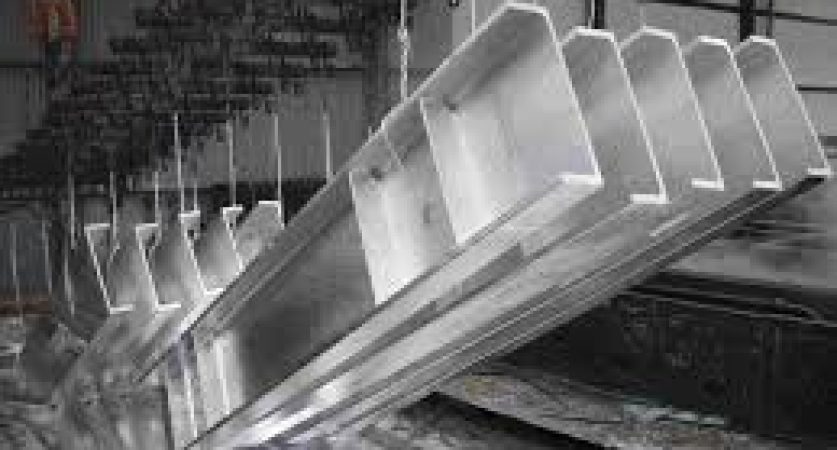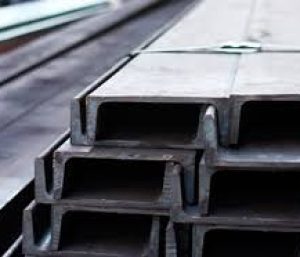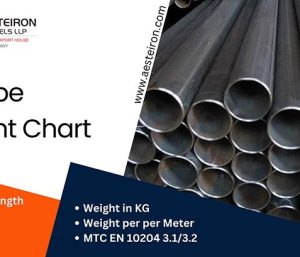How do I know if stainless steel is food-grade?

When it comes to choosing materials for cooking, food storage, or processing, ensuring that your metal is safe for contact with food is critical. Stainless steel is widely regarded as a safe choice, but not all stainless steel is food-grade. If you are based in Singapore or sourcing materials from local suppliers, understanding how to identify food-grade stainless steel is essential. In this article, we will explore the key indicators of food-grade stainless steel and how you can verify its quality. We will also touch on related materials like aluminium and provide insights for sourcing reliable suppliers such as Stainless Steel Singapore and Aluminium Supplier Singapore.
Understanding Food-Grade Stainless Steel
Food-grade stainless steel refers to stainless steel alloys that are safe for direct contact with food. These alloys resist corrosion, do not leach harmful chemicals, and maintain their structural integrity under high temperatures. In general, food-grade stainless steel comes in grades like 304 and 316, which are recognized internationally for their durability and safety in food applications.
Grade 304 stainless steel, often referred to as 18/8 stainless steel, contains approximately 18% chromium and 8% nickel. This composition ensures excellent corrosion resistance, making it suitable for kitchen utensils, sinks, and storage containers. Grade 316 stainless steel, with the addition of molybdenum, offers even higher resistance to corrosion and is ideal for marine environments or highly acidic food processing.
Checking the Markings
The first step to determine if stainless steel is food-grade is to check the markings on the product. Manufacturers often engrave or stamp the grade of stainless steel on the item. Look for indicators like “304” or “316” on cookware, cutlery, or storage containers. These numbers are internationally recognized and provide confidence that the stainless steel meets food-grade standards.
In Singapore, suppliers specializing in stainless steel, like Stainless Steel Singapore, usually provide documentation that confirms the grade of their products. Always ask for certifications such as a material test report (MTR) or compliance with ASTM or ISO standards to ensure authenticity.
Testing Corrosion Resistance
Food-grade stainless steel resists rust and corrosion even when exposed to moisture, acidic foods, or high temperatures. A simple way to check corrosion resistance is to observe how the metal reacts in daily use. Non-food-grade stainless steel may discolor, develop rust spots, or corrode over time.
If you want a more scientific approach, you can perform a magnet test. While not all stainless steel grades are magnetic, most food-grade stainless steel, particularly 304, is non-magnetic or weakly magnetic. Strong magnetic attraction could indicate a lower-grade alloy that is unsuitable for food contact.
Avoiding Contamination Risks
Using non-food-grade stainless steel can pose health risks. Metals that are not designed for food contact may release iron, nickel, or other harmful elements into your food. This risk is particularly high when cooking acidic foods like tomato sauce or vinegar-based dishes, which can react with low-quality metals. Choosing certified food-grade stainless steel ensures safety and durability.
Working With Reputable Suppliers
Sourcing your stainless steel from reputable suppliers in Singapore is a crucial step. Companies like Stainless Steel Singapore not only offer high-quality materials but also provide documentation and guidance on the suitability of stainless steel for food-related applications. Reliable suppliers also offer traceability, so you know exactly where the stainless steel comes from and the standards it meets.
Even if you are sourcing other metals such as aluminium for kitchen or industrial use, choosing a trustworthy provider matters. A reliable Aluminium Supplier Singapore will offer materials that meet safety and quality standards. While aluminium is generally safe for food use, low-quality alloys can still react with acidic foods or degrade over time. Partnering with certified suppliers minimizes these risks.
Observing Physical Properties
Another way to identify food-grade stainless steel is by examining its physical properties. Food-grade stainless steel usually has a smooth, polished surface without pits, cracks, or rough spots. Imperfections in the surface can trap food particles, promote bacterial growth, or corrode more easily.
Additionally, food-grade stainless steel has a bright, consistent shine and feels heavier than low-quality metals. You can also look for even thickness in sheets or containers, which indicates precision manufacturing, a hallmark of reputable suppliers.
Seeking Certification and Compliance
One of the most reliable ways to verify food-grade stainless steel is to check for certification. Reputable manufacturers will comply with international standards like ASTM A240 or ISO 9001. They may also provide certificates proving that the stainless steel is free from harmful substances and safe for food contact.
If you are purchasing materials for commercial food production, these certifications are often mandatory. Even for home use, having verified documentation adds peace of mind. Always request these documents from your supplier and verify their authenticity.
Practical Tips for Daily Use
Once you have confirmed that your stainless steel is food-grade, maintain it properly to extend its lifespan. Avoid harsh chemicals, abrasive scrubbers, or prolonged exposure to salt and acidic foods. Regular cleaning with mild soap and warm water, followed by thorough drying, will preserve the material and prevent corrosion.
Conclusion
Knowing whether stainless steel is food-grade requires attention to detail, awareness of alloy grades, and verification through reputable suppliers. Check for grade markings, perform corrosion and magnet tests, and always seek certified materials. Whether you are purchasing kitchenware or industrial equipment, working with trusted suppliers like Stainless Steel Singapore and Aluminium Supplier Singapore ensures safety, durability, and peace of mind.
By following these guidelines, you can confidently select stainless steel that is safe for food contact, maintain its quality, and protect the health of yourself and others. Food-grade stainless steel is an investment in safety and longevity, making it a vital choice for any home or business in Singapore.
- SHARES
- [shared_counts]

Ashmawi Sami has a Bachelor degree in Travel and Tourism Management from the University of Minnesota. He has his own travel vlogging channel. Besides being a fantastic yoga instructor he has travelled to 9 countries and planning his next trip soon. As the father of 3 dogs, he is well-trained in parenting, crowd control, and crisis situations.
ABOUT ME

Gillian is a freelance blogger, student, and full-time traveler. Each day she spends her time exploring something exciting to help people find the information they need while travelling to a new destination. Whether it be the place to enjoy holidays, or a spot to throw a party or hidden gems that you must visit in the city.
ALL CATEGORIES
- Adventure (13)
- art&gallery (1)
- Automotive (10)
- Beauty (3)
- blog (52)
- Business (806)
- cleening (6)
- contretation (1)
- couier services (5)
- courier services (1)
- driving school (1)
- Education (13)
- Event (5)
- events (1)
- fashion (1)
- Forests (5)
- gameing (6)
- Health (296)
- INDUSTRIALES (2)
- Insurance (11)
- Lifestyle (13)
- machinery (3)
- matel steel (1)
- News (2)
- property (2)
- Real Estate (19)
- Shopping (26)
- Tech (1)
- Technology (25)
- Travel (9)

JOIN US TODAY
POPULAR POST
January 27, 2021 -
Adventure Travel For The Audacious Spirit
January 27, 2021 -
Small Business Loans for Women
January 27, 2021 -
Adventure Tours in Vanuatu
RECENT POST
November 15, 2025 -
Complete Office Furniture Guide Dubai, UAE: Modern, Luxury, and Custom Workspace Solutions
The workspace environment plays a crucial role in...
November 15, 2025 -
Australia’s Leading Fitout, Refurbishment, Signage, and Construction Solutions for Modern Businesses
Across Australia, commercial spaces are rapidly transforming as...
November 13, 2025 -
Do wholesale kurti manufacturers offer customized designs for retailers?
In today’s fashion-forward world, retailers aim to stand...
November 13, 2025 -
Discover the Pink City in Comfort with the Jaipur Sightseeing Taxi Package
When you think of Rajasthan, the first image...





















